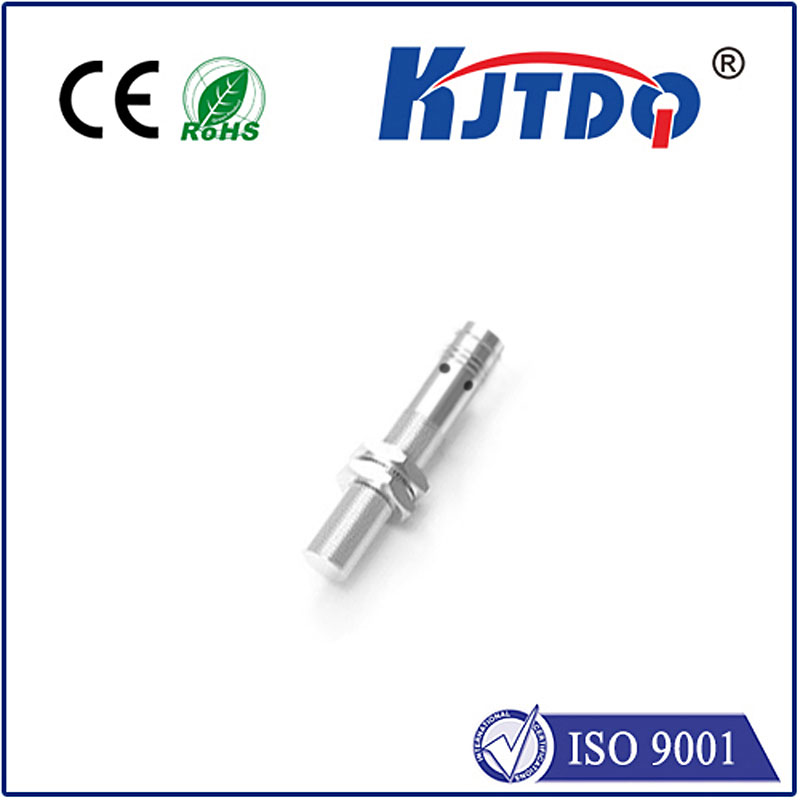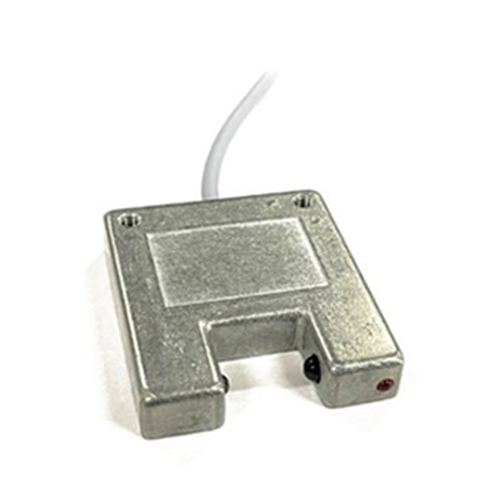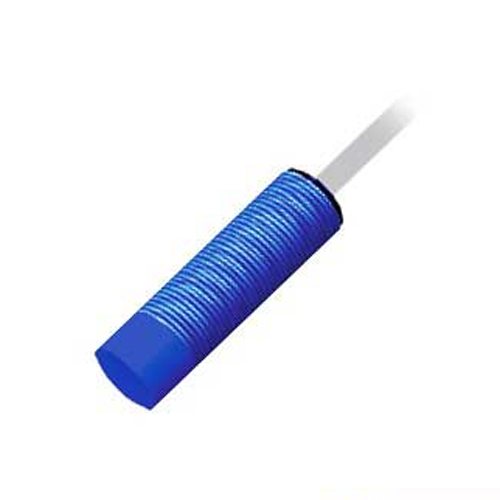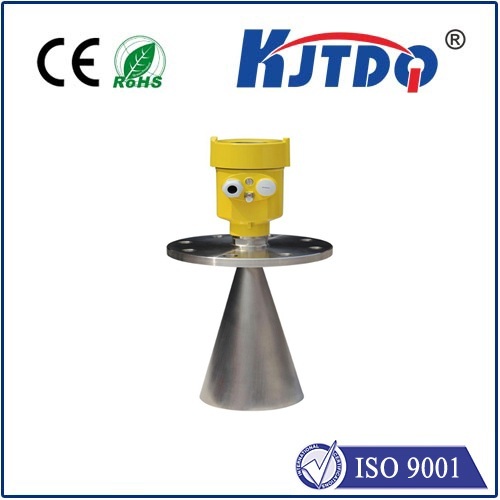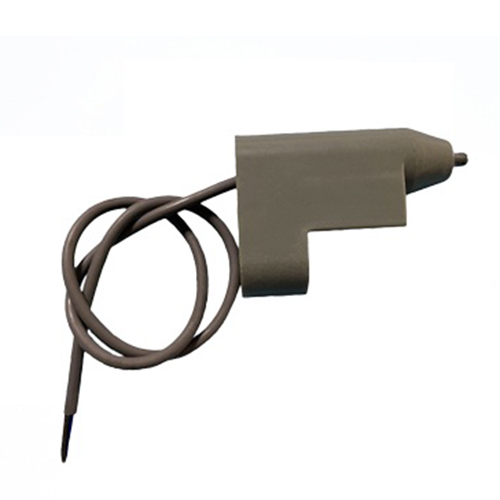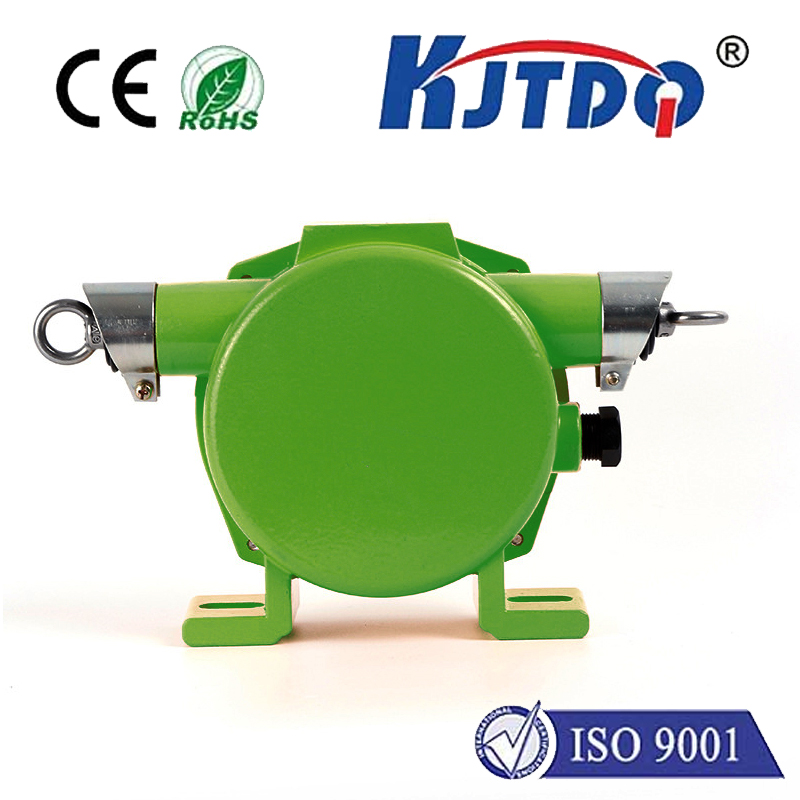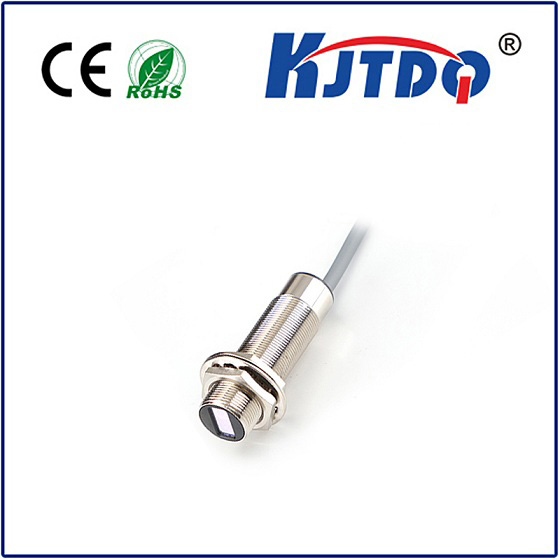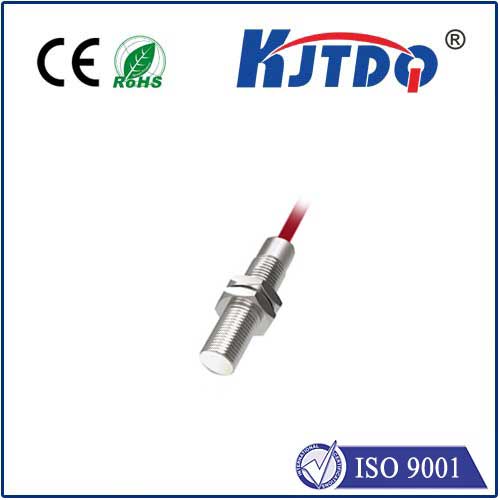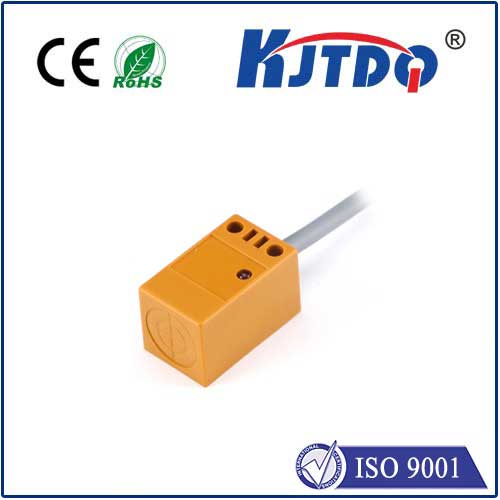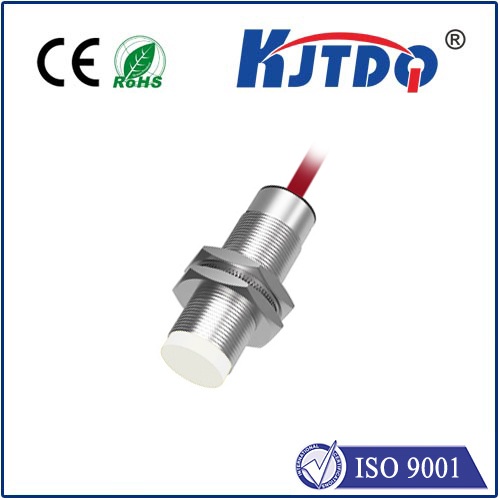capacitive sensor can sense
- time:2025-06-19 01:17:09
- Click:0
Beyond Touch: The Surprising Range of Objects Capacitive Sensors Can Detect
Ever wonder how your smartphone screen responds to a light tap, or how a modern faucet activates without a touch? Behind these seemingly simple interactions lies a sophisticated technology: the capacitive sensor. While commonly associated with touchscreens, the capability of capacitive sensor can sense extends far beyond just a finger press. These ubiquitous devices operate by detecting changes in an electric field, enabling them to identify the presence or properties of a remarkably diverse range of objects and materials, often without any physical contact. Let’s delve into the fascinating world of capacitive sensing and uncover the breadth of what these sensors can truly perceive.
The Fundamental Principle: Sensing the Invisible Field
At its core, a capacitive sensor works by establishing an electrostatic field. Typically, it consists of at least one electrode acting as one plate of a capacitor. When an object enters the proximity of this electric field, it disrupts the field lines. This interaction changes the capacitance – the sensor’s ability to store electrical charge – measured between the electrode and a reference point (often ground or another electrode).

- Conductive Objects (Like Metals or the Human Body): These interact strongly. They effectively become the other plate of the capacitor, significantly altering the measured capacitance. This is the principle behind touchscreens and many proximity sensing applications.
- Non-Conductive Materials (Like Plastics, Wood, Glass, or Liquids): These materials have a dielectric constant different than air. When they enter the field, they alter the capacitance by changing the dielectric properties between the plates.
The Versatile Palette: What Capacitive Sensors Can Detect
It’s this ability to detect changes in capacitance caused by different types of interaction that grants capacitive sensors their surprising versatility:
- Human Touch and Proximity: The most common application. Capacitive sensor can sense the conductive human body (finger, hand) either through direct touch or close proximity. This powers touchscreens, touch-sensitive buttons, and proximity switches for lighting or security.
- Conductive Materials: Any electrically conductive object can be detected. This includes metals, conductive plastics, water-based liquids, and even some types of soil. Applications range from metal detection in food processing to fluid level monitoring in tanks.
- Non-Conductive Materials and Solid Objects: Crucially, capacitive sensors aren’t limited to conductors. They detect the presence of non-conductive solids by sensing the change in the dielectric constant. Plastic bottles on a conveyor belt, wood blocks, stacks of paper, grain levels in silos, or glass panels can all be reliably sensed without contact. This non-contact detection capability is invaluable in industrial automation.
- Fluids and Liquids: Capacitive sensors excel at liquid level detection. They can sense the presence of almost any liquid (water, oil, chemicals, milk) inside a non-metallic tank (plastic, glass) by detecting the significant difference in dielectric constant between the liquid and the air above it. Specialized flush-mount sensors are ideal for hygienic environments.
- Powders and Granular Materials: Similar to liquids, powders like flour, sand, sugar, or plastic pellets cause a measurable capacitance shift when filling a container. This makes capacitive sensors suitable for level monitoring in hoppers and bins. The challenge often lies in calibrating for the specific material’s density and moisture content, which affect the dielectric constant.
- Thickness of Materials: By measuring the capacitance change precisely, capacitive sensors can be used for non-contact thickness measurement of thin films, coatings, sheets of plastic, paper, or glass. The capacitance varies inversely with the distance (thickness) of the dielectric material between the sensor electrode and a ground reference.
- Material Composition and Moisture Content: Differences in material properties, particularly moisture content, alter the dielectric constant. While not typically a primary method for absolute measurement, capacitive sensors are heavily used for relative moisture sensing in applications like soil moisture monitoring or detecting humidity changes in bulk materials.
Key Strengths Driving Adoption
The diverse sensing capabilities of capacitive technology are amplified by several inherent advantages:
- Non-Contact Operation: Many detection modes happen without physical touch, eliminating wear and tear on sensitive surfaces.
- High Sensitivity: Capable of detecting minute changes, enabling sensing through thin barriers like glass or plastic.
- Material Versatility: Can sense conductors, insulators, solids, liquids, and powders effectively.
- Robustness: Solid-state design offers long life and resistance to environmental factors like dust and humidity (though condensation can interfere).
- Cost-Effectiveness: Relatively simple circuitry makes them economical for mass production.
Where Capacitive Sensing Shines: Real-World Impact
The ability of capacitive sensor can sense such a broad spectrum translates directly into widespread use across industries:
- Consumer Electronics: Touchscreens, trackpads, touch-sensitive controls on appliances.
- Automotive: Proximity detection (keyless entry, seat occupancy detection), touch controls for infotainment, rain sensors, fluid level monitoring.
- Industrial Automation: Product presence detection on conveyors (bottles, boxes), object counting, fill level monitoring in tanks and silos (liquids, powders), wafer positioning in semiconductor manufacturing.
- Home Appliances: Water level detection in washing machines, coffee makers; touch controls on ovens and cooktops.
- Medical Devices: Non-invasive fluid level detection in IV bags, touch interfaces on diagnostic equipment.
- Agriculture: Soil moisture sensing for irrigation control.
- HVAC: Humidity sensing elements.
From the intuitive swipe on your phone to ensuring precise fluid levels in critical machinery, the humble capacitive sensor proves its power lies in its surprising breadth. Its core principle of detecting disruptions in an electric field unlocks the ability to sense a vast array of objects and materials – conductors, insulators, solids, liquids, and powders – making it one of the most versatile and ubiquitous sensing technologies in the modern world. Understanding that a capacitive sensor can sense far more than just touch opens doors to countless innovative applications where reliable, non-contact detection is key.












